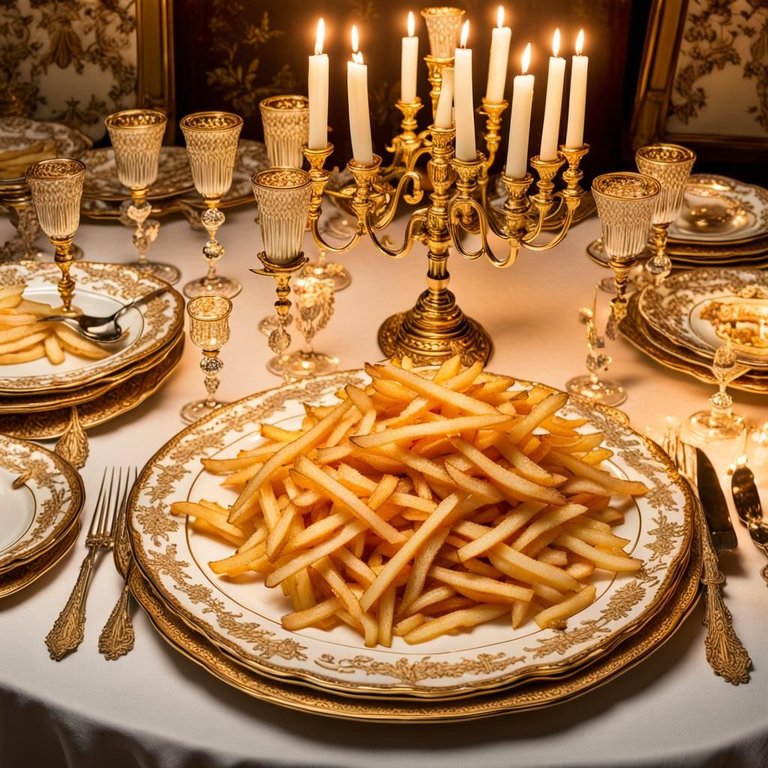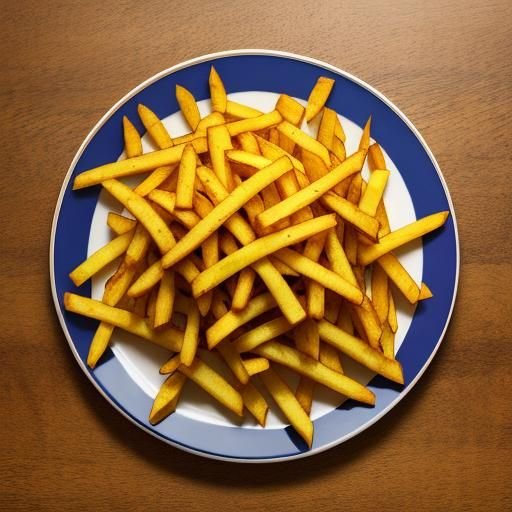
Image's Source - Fuente de la Imagen
Image generated in NightStudio - Imagen generada en NightStudio

Spanish Version Bellow
We had to get back a little quickly to make some repairs to the house's electricity. The spare part we bought was for that. But it took us a little longer than expected. Also, when we got home, we saw the sky with lead-colored clouds and decided to cook before doing anything else. It was a good idea, because shortly after finishing cooking on the electric stove, it started to rain, and the electricity failed.
By the time it stopped raining, there was no daylight, and it was not a good idea to work on the electrical panel. There are two conditions in which we do not like to work with electricity: with rain or without light. And today we had both conditions. It is urgent that we attend to this repair tomorrow, because having half the electrical lines in the house without power is very uncomfortable.
I think this prologue to the daily log has been long, but I will leave it like this for today. Now I will comment on a date of the day that I found very interesting, this August 12 is the “Julienne-cut French Fries Day”.

Image's Source - Fuente de la Imagen
You notice it, it is so specific that it is almost abnormal. Anyway, it caught my attention because it is a #food celebration and has such a particular name.
Let's go step by step, the celebration involves the potato, a tuber of South American origin, from the Andean region to be more specific, and which was spread throughout the world after the European colonization of America, starting in the 16th century. It is a very useful and noble vegetable, its cuivation is very good in yield, and it helped fight hunger in various parts of the world. Although the mistake of cultivating with little biodiversity was the cause of a disaster in Europe, a few centuries later, it must be said that this vegetable treasure was something very good in general.

Image's Source - Fuente de la Imagen
Properly speaking, this technique was also called ciseler, which means ‘to chisel’ in French. Although the name ‘Julienne cut’ was also present. And it was one of the basic techniques taught for the kitchens of the aristocracy of the Empire during the Napoleonic period.
Julienne cutting has its specific and recommended uses. In the case of a fried tuber preparation, it turns out to be a very suitable technique, since it allows for more even cooking. In the specific case of French potatoes, it is recommended to cut them, refrigerate them (or at least cool them), and then put them directly into the fryer.
The thermal shock of passing the frozen potatoes directly into the fryer causes the outer layer to cook first, and creates a surface that prevents the moisture from the inside from escaping. This results in a crispy-on-the-outside, tender-on-the-inside French fry.

Image's Source - Fuente de la Imagen
But, I may be wrong, and this holiday is much older than I imagine.
Well, now it's time for me to say goodbye, hoping that you are well, that you eat chips (without feeling guilty), and that we can read each other again another time.

Versión en Inglés arriba
Teníamos que regresar un tanto rápido para hacer una reparación en la electricidad de la casa. El repuesto que compramos era para eso. Pero tardamos un poco más de lo previsto. Además de que, al volver a casa, vimos el cielo con nubes de color plomo y decidimos cocinar antes de hacer cualquier otra cosa. Fue una buena idea, porque al poco rato de terminar de cocinar en la cocina eléctrica, comenzó a llover, y a fallar la electricidad.
Ya para cuando dejó de llover, no había luz del día, y no era buena idea trabajar en el tablero eléctrico. Hay dos condiciones en las que no nos gusta trabajar con electricidad: con lluvia o sin luz. Y justamente hoy tuvimos ambas condiciones. Ya es urgente que atendamos esta reparación mañana, porque tener la casa con la mitad del tendido eléctrico sin energía es muy incómodo.
Me parece que este prologo del registro diario me ha quedado largo, pero lo dejaré así por hoy. Paso ahora a comentar sobre una efeméride del día que me pareció muy interesante, este 12 de agosto es el “Día de las Papas Fritas en corte de Juliana”.

Image's Source - Fuente de la Imagen
Lo notas, es tan específico que es casi anormal. Como sea, me llamó la atención por ser una celebración de #comida y tener un nombre tan particular.
Vamos por partes, la celebración involucra a la papa, un tubérculo de origen sudamericano, de la región andina para más especificidad, y que fue propagado por el mundo luego de la colonización europea de América, a partir del siglo XVI. Se trata de un vegetal muy útil y noble, su cultivo es muy bueno en rendimiento, y ayudó a combatir el hambre en varias partes del mundo. Aunque el error de cultivar con escasa biodiversidad fue la causa de un desastre en Europa, unos siglos después, hay que decir que este tesoro vegetal fue algo muy bueno en general.

Image's Source - Fuente de la Imagen
Propiamente dicho, esta técnica era también llamada ciseler, que significa ‘cincelar’ en francés. Aunque el nombre de ‘corte Juliana’ también estaba presente. Y se trataba de una de las técnicas básicas que se enseñaban para las cocinas de la aristocracia del Imperio del periodo napoleónico.
El corte a la juliana tiene sus usos específicos y recomendados. En el caso de una preparación frita de un tubérculo, resulta ser una técnica muy adecuada, pues permite una cocción más pareja. Para el caso específico de las papas francesas, se recomienda cortarlas, refrigerarlas (o enfriarlas al menos), y luego pasarlo directamente a la freidora.
El choque térmico de pasar las papas congeladas directamente a la freidora, hace que se cocine primero la capa externa, y cree una superficie que impide que escape la humedad del interior. Lo que brinda un acabado en que tenemos una papa frita crujiente por fuera y tierna por dentro.

Image's Source - Fuente de la Imagen
Pero, puede que yo me esté equivocando y esta fiesta sea mucho más antigua de lo que me imagino.
Bien, ya me toca despedirme, deseándote que tú estés bien, que comas papas fritas (sin sentimiento de culpa), y que nos podamos leer de nuevo en otra oportunidad.

This challenge is an initiative of @flaxz
The 4 points to join the #IAmAliveChallenge, includes using the hashtag #alive to post to We Are Alive Tribe and earn ALIVE tokens.
Este desafío es iniciativa de @flaxz
Los 4 puntos para unirte al #IAmAliveChallenge, incluyen el uso de la etiqueta #alive para publicar en We Are Alive Tribe y ganar tokens ALIVE.




 )
)
